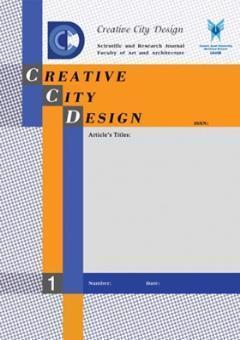-
-
-
Open Access Article
1 - Perceptiveness at the Position of Approach, Strategy, Method and Technique in Design Process (A Case Study: Kari Jormakka)
Sama Modirrousta Vida Norouz Borazjani Mahmud Rezaei -
Open Access Article
2 - The Cognition of Iranian Traditional Architecture’s Elements in Award-Winning Projects (Case Study: Memar-Award, 2008 to 2017)
Sama Modirrousta Vida Norouz Borazjani Mahmud Rezaei -
Open Access Article
3 - Investigating Geometric Proportions in The Design of Mausoleums in Contemporary Iran
Somayyeh Omranifar Lida Balilan Asl Vida Narouzborazjani
List of Articles vida Norouz borazjani
-
The rights to this website are owned by the Raimag Press Management System.
Copyright © 2021-2025


